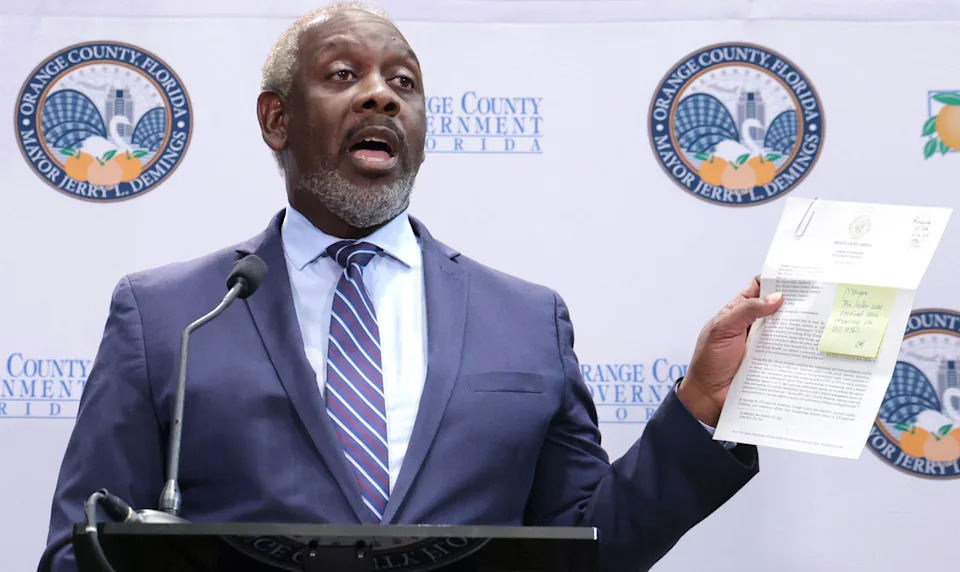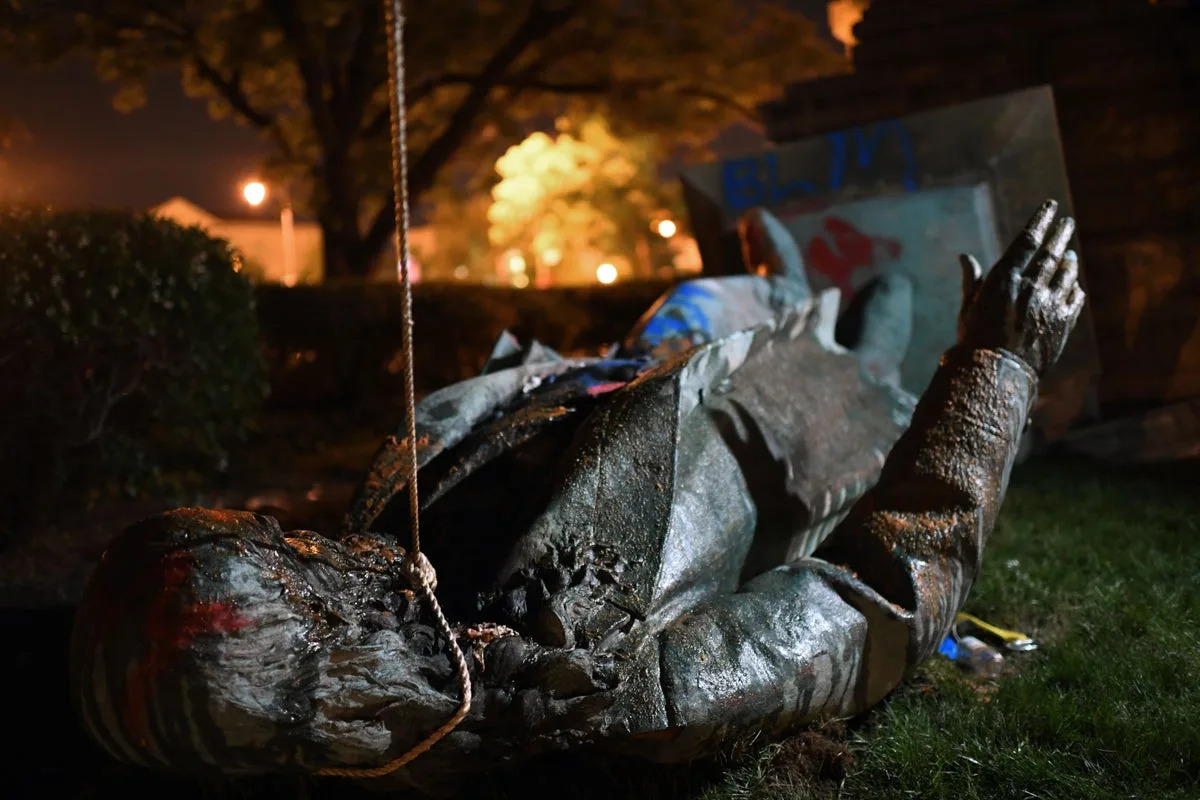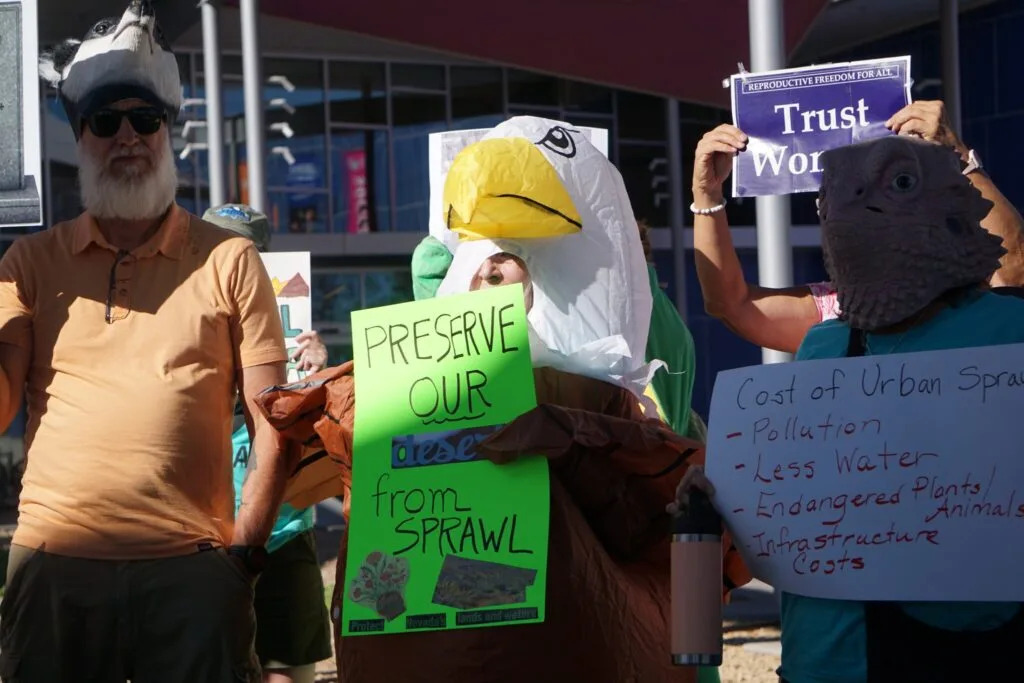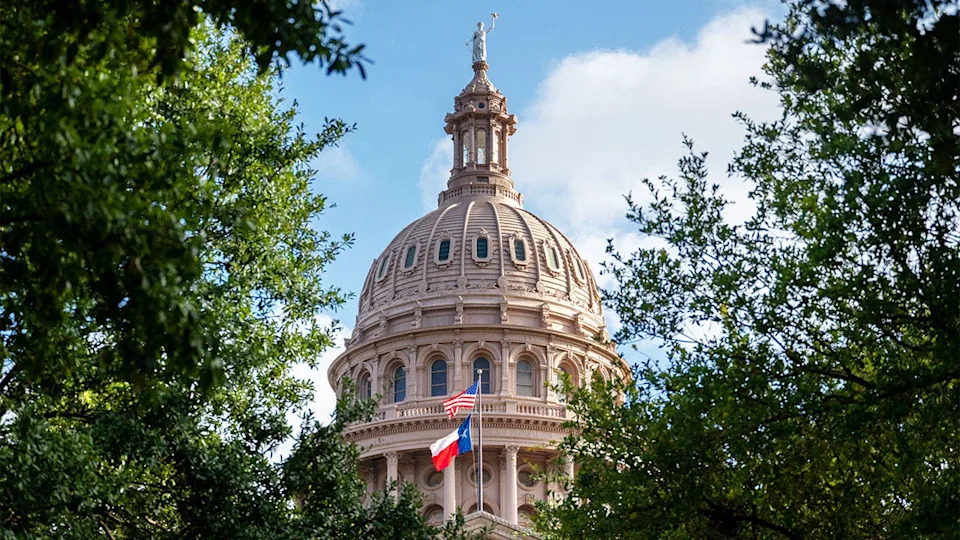
The Dragon Bravo Fire — now the largest wildfire in the continental United States in 2025 — has surpassed 111,000 acres, officially reaching “megafire” status, officials confirmed Aug. 1.
Ignited by lightning around July 4, the blaze has destroyed parts of the developed area on the Grand Canyon’s North Rim and continues to burn largely unchecked. As of the latest update on July 31, containment had dropped to just 9% amid red flag warnings driven by extreme heat and strong winds.
Videos circulating on social media Thursday show the fire generating massive pyrocumulus clouds — also known as pyroclouds or "fire clouds" — capable of producing dangerous fire behavior.
Similar conditions during the Deer Springs Fire in eastern Utah last month led to the formation of a rare fire tornado — or "firenado" — which caused significant damage as winds reached up to 122 mph and a fiery vortex tore through San Juan County for 12 minutes. According to the National Weather Service, it was the 10th EF-2 tornado recorded in Utah.
What is a 'fire cloud'?
Pyrocumulus clouds — also known as pyroclouds or commonly called "fire clouds" — are real clouds, not just smoke plumes, as they might appear at first glance. Despite being filled with smoke and ash, these clouds also contain moisture, classifying them as true meteorological clouds.
Described by NASA during an outbreak in Australia as the “fire-breathing dragon of clouds,” pyrocumulus clouds form when intense heat from a wildfire or volcanic eruption rapidly forces air upward. As the air rises and cools, water vapor condenses into a cumulus-type cloud, with smoke, ash, and vapor particles acting as condensation nuclei, according to an explainer on NASA’s website exploring their evolution.
Under the right atmospheric conditions, a pyrocumulus can evolve into a pyrocumulonimbus — a storm-producing fire cloud capable of generating lightning (which can ignite new fires) and even fire-induced tornadoes.
This article originally appeared on Arizona Republic: What are fire clouds? 'Fire tornado' risks amid Southwest wildfires








Comments